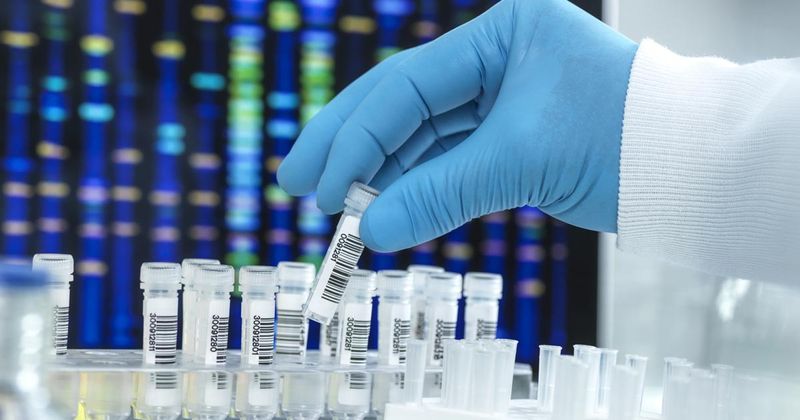Liquid biopsy predicts response to CAR-T for multiple myeloma
A circulating tumor DNA liquid biopsy can predict the likelihood of early disease progression among patients treated with chimeric antigen receptor T-cell therapy for advanced multiple myeloma, study results showed.
The noninvasive tool could be used to quantify a patient’s disease burden, according to investigators who presented findings at Tandem Meetings | Transplantation & Cellular Therapy Meetings of ASTCT and CIBMTR.

Background
Multiple myeloma is difficult to treat due to heterogeneity of genomic aberrations and treatment responses, according to Hitomi Hosoya, MD, PhD, research fellow in the division of bone marrow transplant and cellular therapy at Stanford University School of Medicine.
“Currently, bone marrow exams are used for genomic assessment upon diagnosis, during [minimal residual disease] evaluation and upon relapse,” Hosoya said during a presentation. “Not only is this an invasive procedure, but it also carries the risk [for] false-negatives due to spatial heterogeneity.”
Hosoya and colleagues sought to develop a noninvasive disease monitoring tool using circulating tumor DNA (ctDNA) that could aid in disease management and evaluate response to CAR T-cell therapy among patients with multiple myeloma.
Methodology
Hosoya and colleagues developed a multiple myeloma-specific liquid biopsy panel using CAncer Personalized Profiling by deep Sequencing (CAPP-Seq) — a next-generation sequencing method — to quantify ctDNA in plasma, germline and tumor DNA samples from patients with multiple myeloma.
The first study cohort comprised 35 patients (median age, 68 years; range, 30-88), including 10 with newly diagnosed disease and 25 with relapsed or refractory disease.
The second cohort included 15 patients (median age, 62 years; range, 50-75; 67% men) who received idecabtagene vicleucel (Abecma; Bristol Myers Squibb, 2seventy bio), a B-cell maturation antigen-directed CAR T-cell therapy.
Investigators collected patient plasma samples for diagnosis, during treatment and upon detection of disease relapse and paired them with bone marrow samples when available.
Key findings
CAPP-Seq analysis showed a median 86 (range, 2-283) single-nucleotide variants per patient, including frequent KRAS, TP53 and NRAS alterations.
The researchers compared bone marrow samples from 18 patients to validate genotyping done from blood samples. They observed 84% of mutations identified in bone marrow also present in blood, with an additional 259 single-nucleotide variants detected in blood only.
The results suggest ctDNA may better capture spatial tumor heterogeneity, according to investigators.
An analysis of disease burden showed higher ctDNA levels in samples from patients with relapsed or refractory multiple myeloma compared with those with newly diagnosed disease [4.26 vs. 3.08 log haploid genome equivalents per milliliter (hGE/mL), P = .02)]. Higher levels correlated with M-spike protein (rho = 0.53, P = .02) and delta free light chain (rho = .32, P = .03).
Researchers then applied CAPP-Seq to patients receiving idecabtagene vicleucel and found those who had response of at least 90 days had significantly lower ctDNA levels at day 28 after infusion than those who experienced early (< 90 days) disease progression (0.6 vs. 4.1 log hGE/mL; P = .009).
Lower ctDNA level at day 28 after CAR-T infusion predicted longer time to disease progression (HR = 1.6).
Clinical implications
The results show the feasibility of using CAPP-Seq to monitor disease burden and evaluate genetic alterations using ctDNA from patients with multiple myeloma, Hosoya said.
“CtDNA levels were significantly higher [among] patients with adverse risks for multiple myeloma and those with higher disease burden,” she said. “After receiving CAR T cells, ctDNA levels on day 28 after infusion also predicted time to progression.”








